JasonTechnology
Machine Learning Algorithm category
| Category | Explain | Scenarios |
|---|---|---|
| Supervised Learning | Training data is labeled | Auto Driving Image Recognization |
| UnSupervised Learning | Training Data is not labeled | Clustering Anomaly detection Dimensionality Reduction |
| Semi-Supervised Learning | Trained on labeled and unlabeled data | self-training co-training |
| Reinforcement Learning | Adjust according to feedback to gain maximum reword | game playing Reward such as Finance natural language process |
Machine Learning Algorithms
| Name | Category | Detail | Scenarios |
|---|---|---|---|
| Linear Regression | Supervised | Continous Regression Line | |
| Logistic Regression | Supervised | Yes - No | Binary Classification Medication Dignosis Political Forecasting |
| Naive Bayes | Supervised | Based on Bayes-theory | |
| Decision Tree | Supervised | Decision boundary is when the possibility is equal for both side in 1-0 scenario Classification error, Gini and Entropy to meaure the algorithm stopping condition |
|
| Random Forest | Supervised | Use a set of sub-forest to vote | Robost, default for many scenarios |
| KNN - K-Nearest Neighbor | Unsupervised | Use the K nearst neighbor to decide where it belongs | classification |
| K-means | Unsupervised | Use a ‘center’ to define each cluster | Clustering |
| SVM - Supported Vector Machine | Supervised | Classification and regression | |
| XGBoost | Supervised | Large dataset, complex problems | classification Regression Feature selecion abnormal detection natural language processing feature selection |
| ANN - Artificial Neural Network | Supervised, Deep Learning | An ANN is made up of layers of nodes (neurons) that process data and “learn” patterns from it | |
| CNN - Convolutional Neural Networks | Supervised, Deep Learning | Image Classification Object Detection Image Segmentation |
|
| RNN - Recurrent Neural Networks | Supervised, Deep Learning | Sequential Data Processing Time series preication Speech Recognition |
|
| SOM - Self Organised Map | unsupervised, Deep Learning | Dimensionality reduction and visualization of high-dimensional data | |
| GAN - Generative Adversarial Network | Supervised, unsupervised, Deep Learning | Image Generation Image to image translation abormal detection |
|
| Deep Belief Network | UnSupervised, Deep Learning | ||
| Autoencoders | Unsupervised, Deep Learning | data denoising dimensionality reduction anomaly detection |
|
| DRL - Deep Reinforcement Learning | Reinforcement, Deep Learning | Combining deep learning with reinforcement learning | Feature Learning |
| Transformer Network | Semi-supervised, Deep Learning | Natural Language Processing, including BERT, GPT | |
| Yolo - You only look once | Supervised, Deep Learning | Real time object detection Traffic Monitoring Retail Analysis |
Popular Machine Learning library
| Library | Short Description |
|---|---|
| Scikit-Learn | Traditional Machine Learning Algorithms, such as XGBoost |
| TensorFlow | Deep Learning Framework, Google backed |
| Pytorch | Deep Learning Framework, Facebook backed |
| Keras | Deep Learning Library, Popular choice and supported multiple platform |
| Numpy | Numeric computing |
| Matplotlib | Visualize 2-D data |
| Pandas | Read and Analysis structured data |
| dtreeviz | A python library to visualize deep-tree process in details |
Machine Learning in Chart
Linear Regression
- supervised
- continous regression line
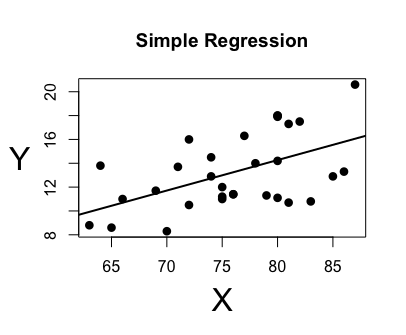
SVM
- Can be used for both linear and non-linear scenario
- Maximum the distance(margin) between different classes
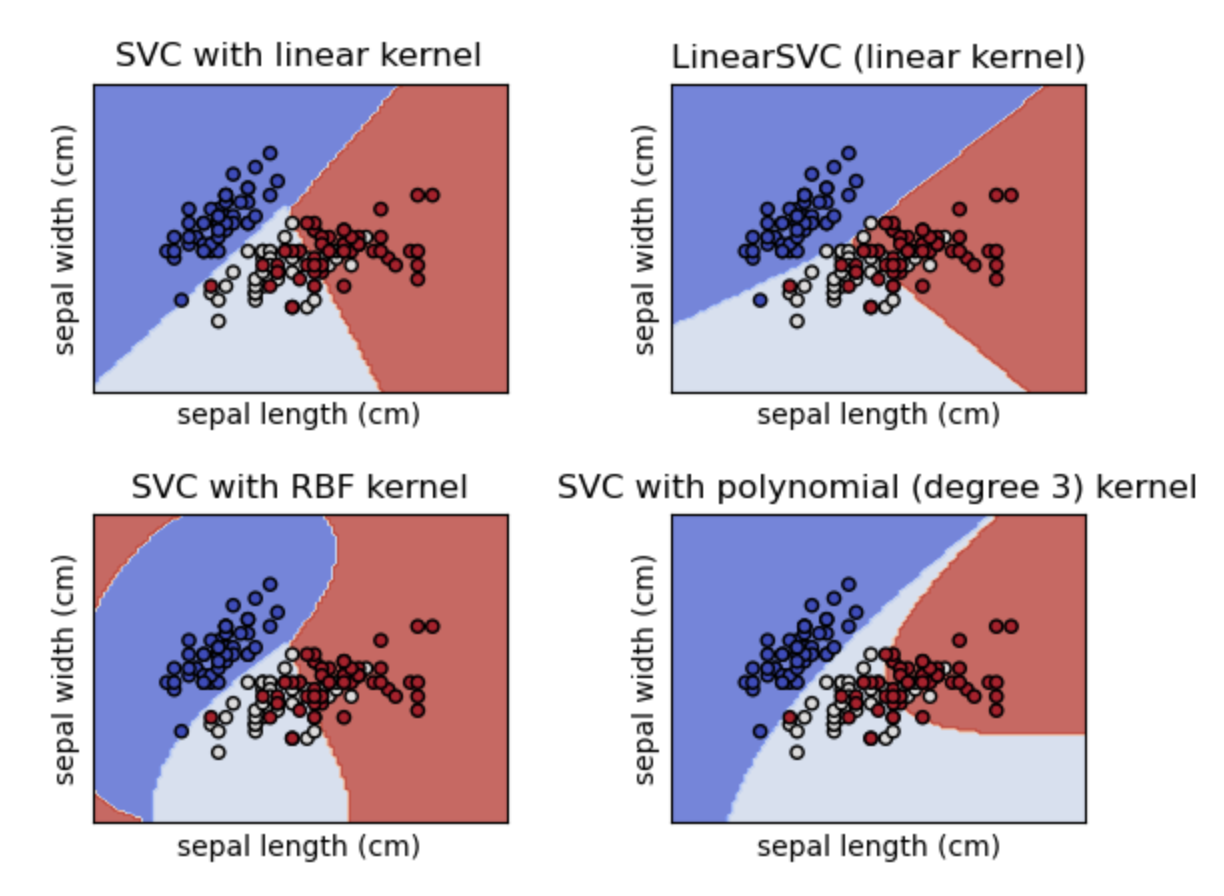
KNN
- Unsupervised - no need to train
- Use the K nearst neighbor to decide where it belongs
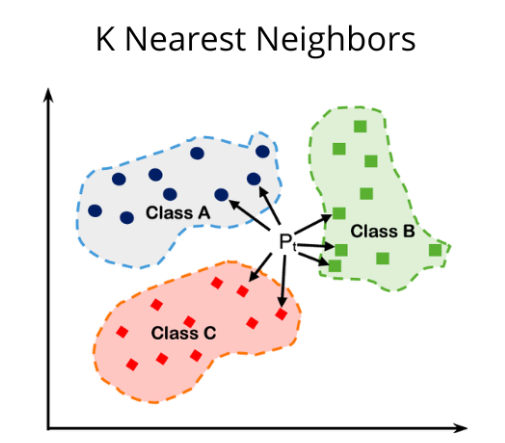
K-means
- Unsupervised
- Use a ‘center’ to define each cluster
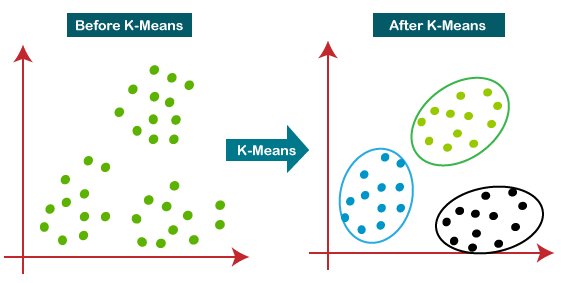
Decision Tree
- Decision boundary is when the possibility is equal for both side in 1-0 scenario
- Classification error, Gini and Entropy to meaure the algorithm stopping condition
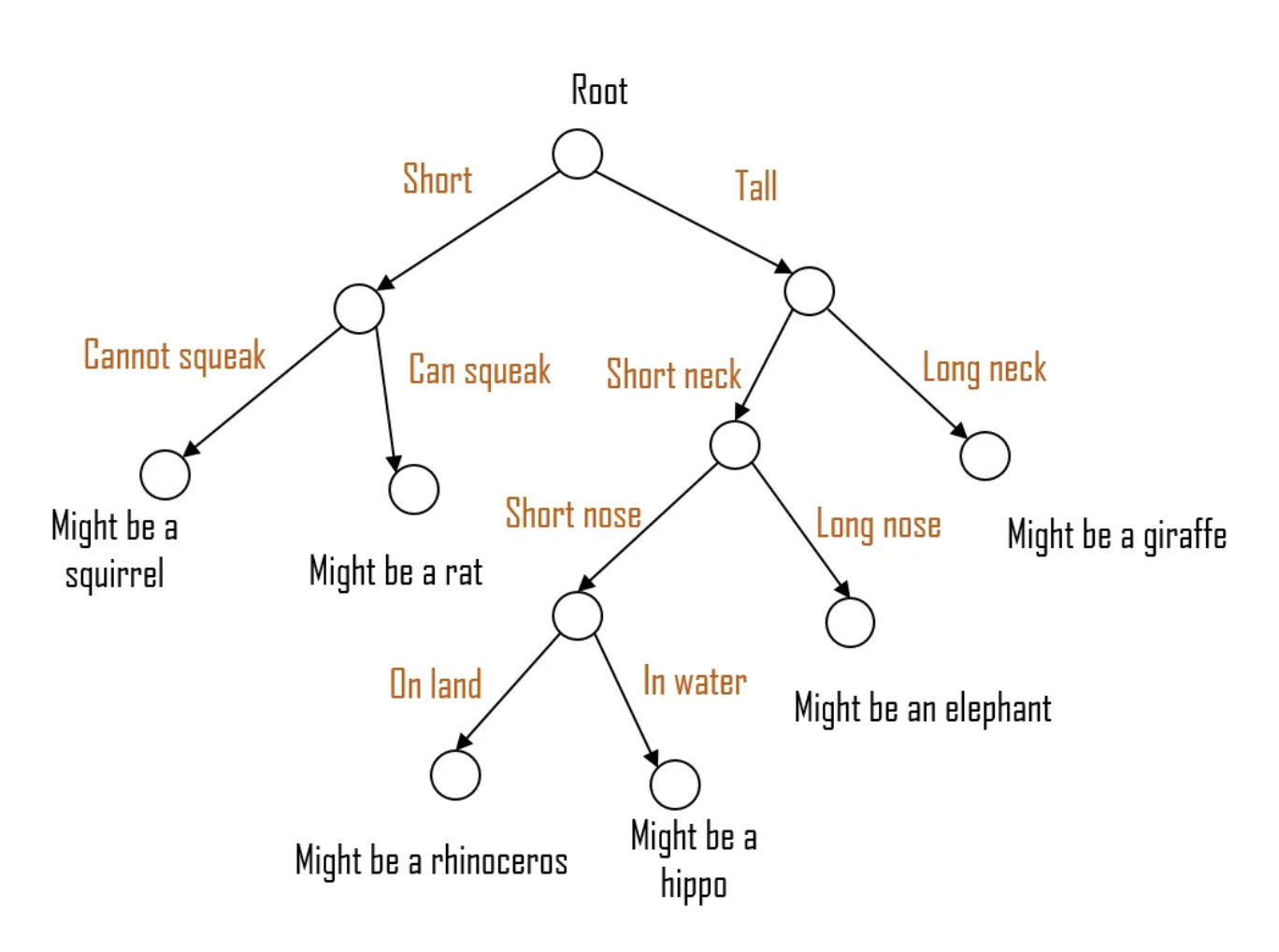
Random Forest
- creates multiple subsets
- trained with a random subset of features to get trees
- each tree votes(majority vote or average prediction) to get the result
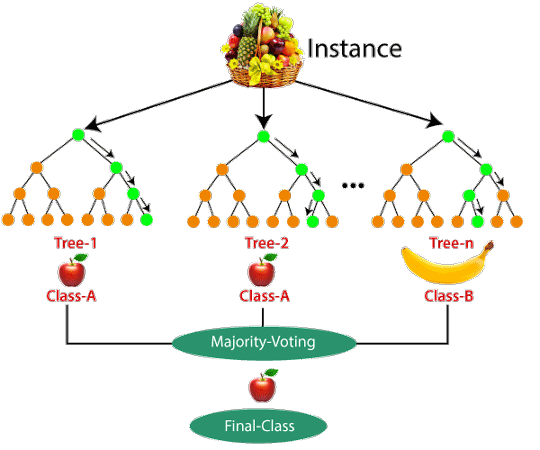
XGBoost
- Gradient Boosting - each model is build on the error of the previous models
- It uses decision tree as the base learner
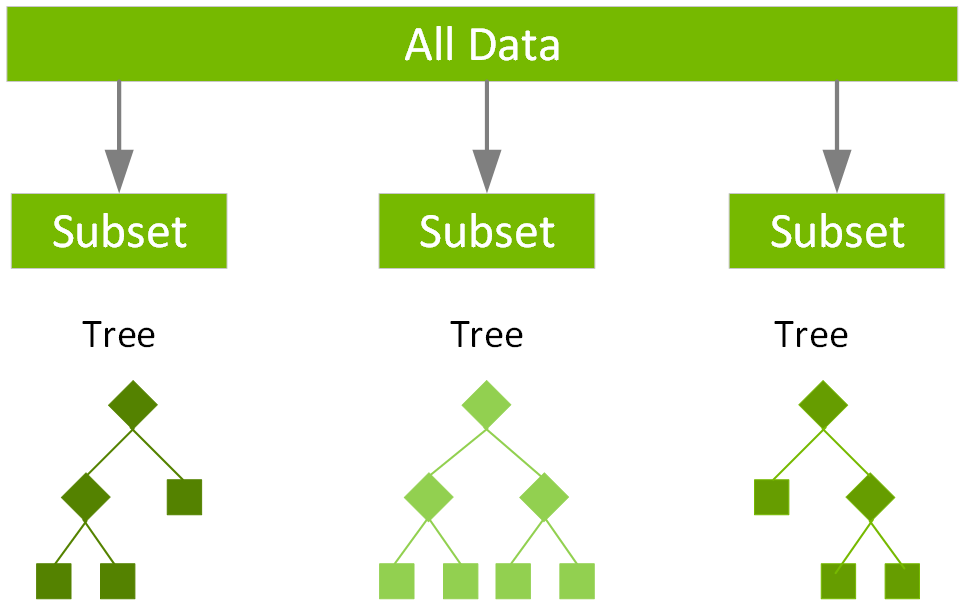
Gradient Boost Algorithms
| Name | Detail | Scenarios | Developer |
|---|---|---|---|
| XGBoost | optimized distributed gradient boosting library | many scenarios, default choice | XGBoost.ai |
| LGBM | tree based learning algorithms | Large Dataset, high performace | Microsoft |
| CatBoost | Decision tree based boost framework | search, recommendation systems, personal assistant, self-driving cars, weather prediction | Yondex |
Deep Learning - Neural Network
ANN
- This is the most basic type of neural network, often referred to as a feedforward neural network
- Suitable for problems where input features are independent and don’t depend on the sequence or spatial relationships (e.g., tabular data, classification tasks)
- https://www.superdatascience.com/blogs/the-ultimate-guide-to-artificial-neural-networks-ann
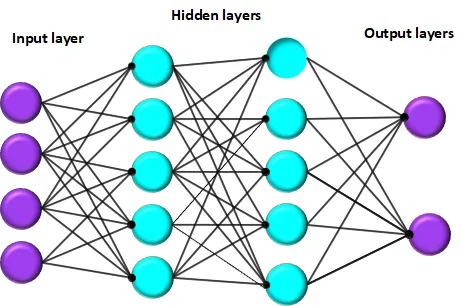
CNN
- Designed specifically for processing grid-like data, such as images
- Primarily used in image processing, computer vision
- https://www.superdatascience.com/the-ultimate-guide-to-convolutional-neural-networks-cnn/
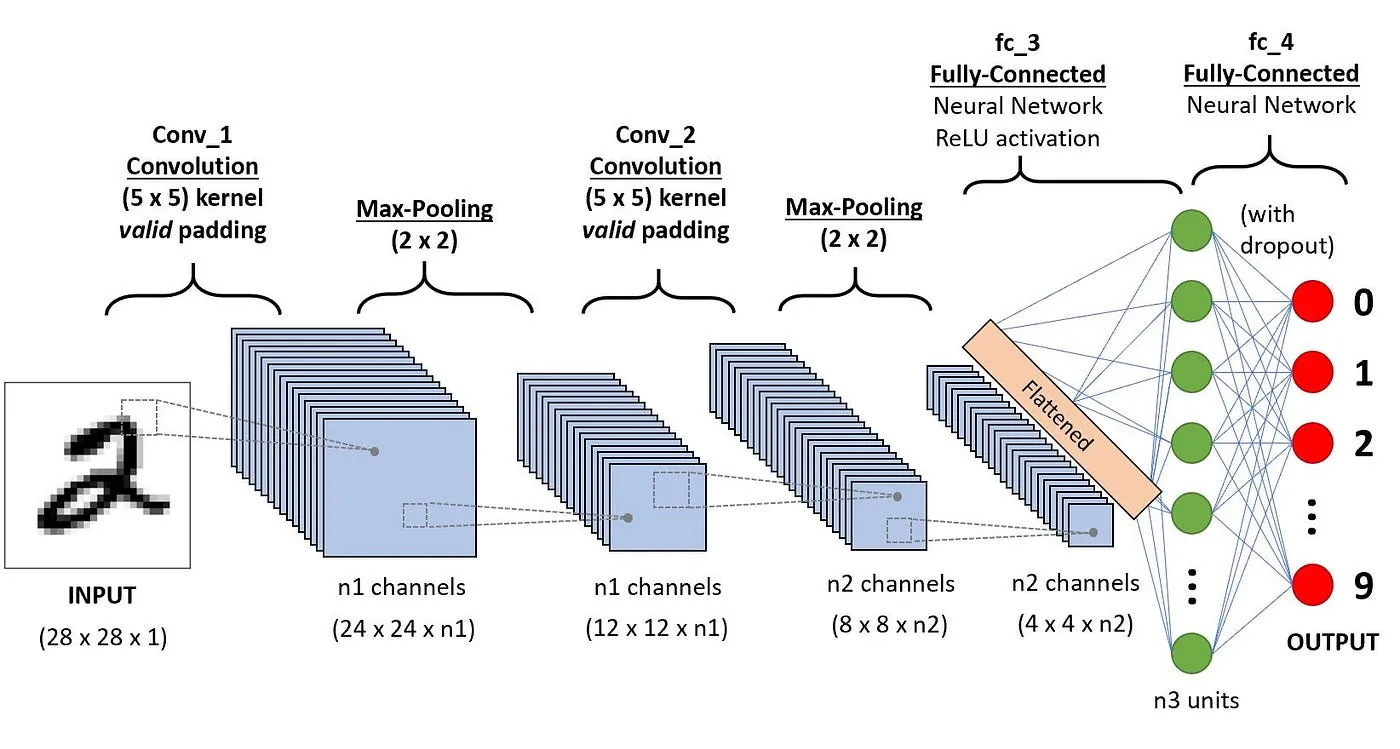
RNN
- Designed for processing sequential data or data with order - usually use optimised LSTM algorithm
- Suitable for tasks involving sequences, such as speech recognition, language translation, text generation, and time series forecasting
- https://www.superdatascience.com/blogs/the-ultimate-guide-to-recurrent-neural-networks-rnn
SOM - Self Organised Map
- SOMs map high-dimensional data onto a 2D grid (like a map), preserving the topology — meaning similar input data ends up close together on the grid.
- Mainly used for dimensionality reduction and visualization of high-dimensional data
- https://ai-junkie.com/ann/som/som1.html
Importance of data versus algorithms
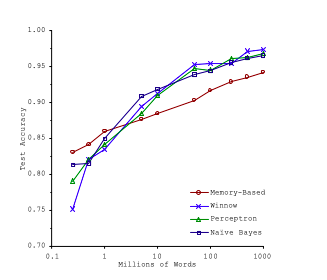
Popular Encoder - from text to numeric
| Name | Detail | Scenarios |
|---|---|---|
| LabelEncoder | Convert category data into a number, like 2 | Quick Preserver the order |
| OneHotEncoder | Convert category data into a binary vector such as [0,0,1] | Doesn’t assume the order Can handle unseen label |
| Binary Encoder | Convert category data into a binary vector such as [0,0] [0,1], [1,1] | has less dimensionality compared to one-hot-code |
| Target Encoder (Mean-Encoder) | Encode category data by the mean value of each category | Useful when there is strong relation between category and target variable |
| Frequency Encoder | Encodes each category by its frequency | Useful when frequency is a valuable feature |
Real Datasets
- OpenML.org - openml.org
- Kaggle.com - kaggle.com/datasets
- PapersWithCode.com - paterswithcode.com/datasets
- UC Irvine Machine Learning Repository - archive.ics.uci.edu/ml
- Amazon’s AWS datasets - registry.opendata.aws
- TensorFlow datasets - tensorflow.org/datasets
Keras Model
Sequential Model
Functional Model
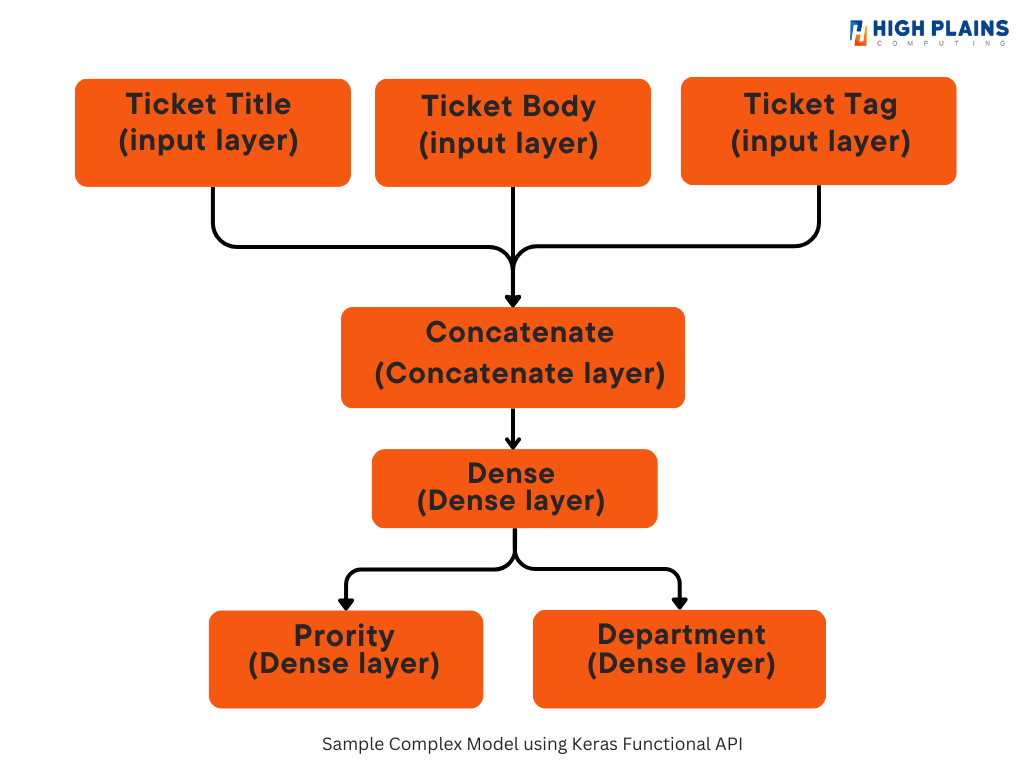
Visualliization Tool
- Matplotlib
- TensorBoard - TensorFlows’s visulization tool
ChatGPT
- How does chatGPT works - https://writings.stephenwolfram.com/2023/02/what-is-chatgpt-doing-and-why-does-it-work/
- Deepseek V3 source code - https://github.com/deepseek-ai/DeepSeek-V3
- Deepseek research - https://github.com/deepseek-ai/DeepSeek-V3/blob/main/DeepSeek_V3.pdf
- The 9 Deep Learning Paper you need to know - https://adeshpande3.github.io/The-9-Deep-Learning-Papers-You-Need-To-Know-About.html
- Cross-Entropy Loss (Mean model’s efficienty) - https://rdipietro.github.io/friendly-intro-to-cross-entropy-loss/
Install Jupiter Notebook
- Use Anaconda to install tensorflow
- Install keras
- Install anaconda https://www.anaconda.com
- Launch jupiter from anaconda
Best Python IDE
- VS Code - Suitable for general programming
- Spyder - Best for data science
- Jupyter Notebook - Data Science
- PyCharm - big projects, heavy
- Google Colab - Online, easy to use